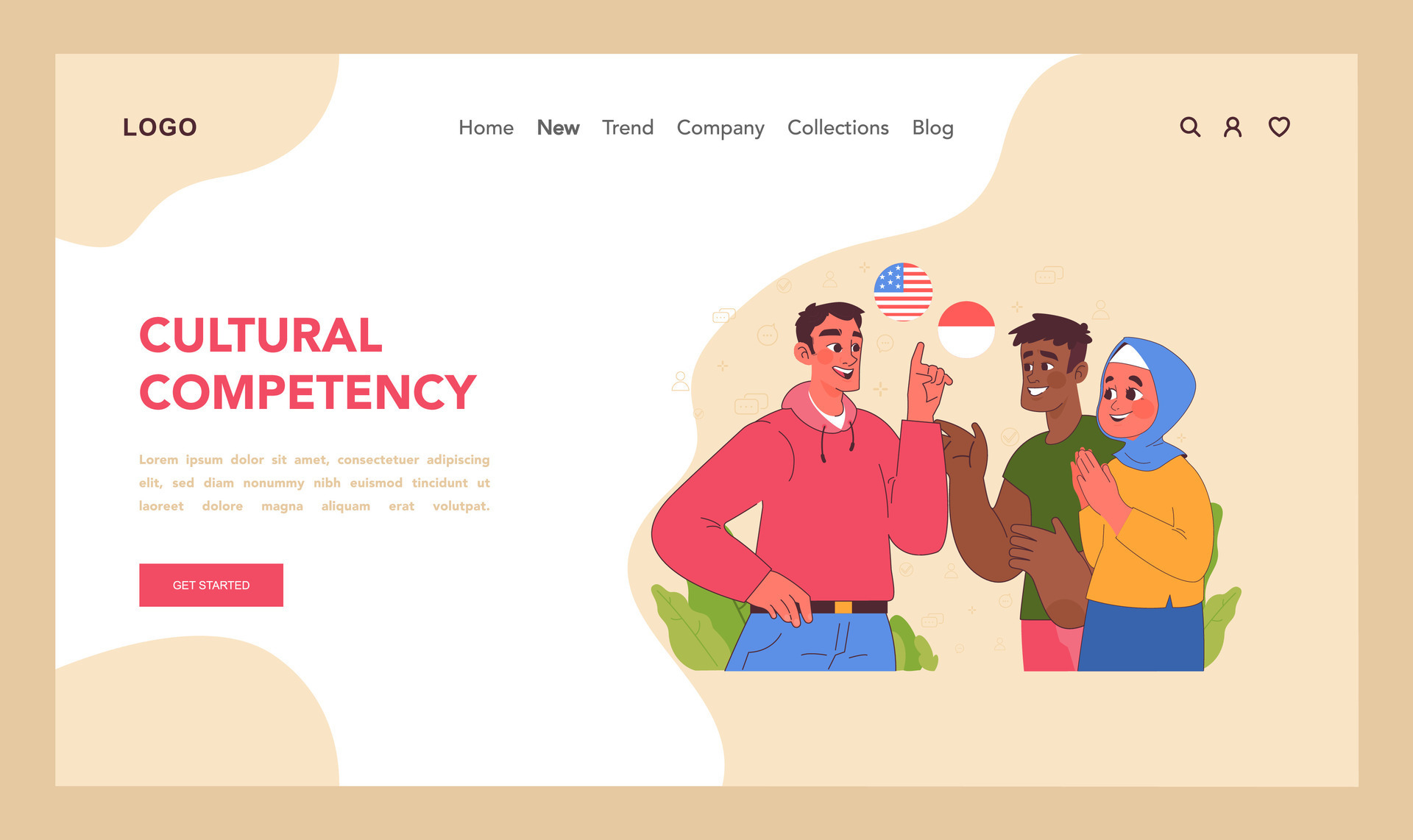Cultural competency, often envisaged as a kaleidoscope reflecting the myriad hues of human experience, is vital in a world interconnected like never before. In this digital age, visual representations, such as clip art, serve not only as decorative elements but as pivotal tools that offer profound insights into the complexities of cultural interactions. This exploration of “cultural competency clip art” delves into its significance, its role in fostering understanding, and the unique appeal it presents in both educational and professional contexts.
To understand the essence of cultural competency, one must first grasp its definition. Cultural competency refers to the ability to effectively communicate, interact, and engage with individuals from diverse cultural backgrounds. It’s akin to possessing a compass in an intricate landscape, guiding one through the varied terrains of identity, values, and beliefs. Clip art centered on cultural competency serves as a visual representation of this compass, embodying the nuances of cultural interactions through illustrations that feature diverse people, symbols, and motifs. These images are more than mere embellishments; they are vital conduits and metaphors for understanding the rich tapestry of humanity.
Utilizing clip art as an educational tool is akin to setting the stage for a grand narrative. Each illustration narrates a story, communicating concepts that might be difficult to articulate with words alone. For educators, cultural competency clip art can transform the mundane into the extraordinary. By incorporating visuals depicting various cultural practices, traditional attire, and community gatherings, instructors create an environment conducive to learning and empathy. Such imagery not only attracts attention but also stimulates discussions that challenge stereotypes, encourage critical thinking, and nurture open-mindedness.
In professional environments, particularly those that prioritize diversity and inclusion, cultural competency clip art serves as a symbol of commitment. This visual medium can be utilized in training procedures, presentations, and outreach programs to epitomize the organization’s dedication to diversity. Just as a bridge connects two shores, the incorporation of thoughtfully designed clip art can bridge gaps in understanding among employees from varying backgrounds. These visuals can foster an atmosphere where dialogue flourishes and cultural identities are celebrated, creating a workplace that reflects the diversity of society.
The appeal of cultural competency clip art lies in its ability to distill complex ideas into accessible images that resonate with individuals on both intellectual and emotional levels. Consider, for instance, an illustration of a communal feast, featuring individuals from various cultures exchanging dishes and stories. This imagery evokes a powerful metaphor: sharing food symbolizes sharing experiences and fosters a sense of belonging. Such representations can inspire not only reflection but also actionable efforts toward inclusivity.
Moreover, the use of clip art in promoting cultural competency can serve as a catalyst for outreach initiatives. Nonprofit organizations, educational institutions, and businesses can utilize these images in marketing materials to highlight their engagement with diverse communities. By visually showcasing their commitment to cultural understanding, these entities can motivate others to embark on a similar journey. The images become rallying flags, inviting individuals and organizations alike to actively participate in cultural appreciation and informed dialogue.
However, the implementation of cultural competency clip art must be approached with care. Just as a poorly constructed bridge can lead to accidents, the misuse of cultural imagery can perpetuate stereotypes or misrepresent cultures. It is imperative that those who utilize these illustrations approach their creation and employment with sensitivity and intent. Engaging with cultural consultants can ensure that the representations are authentic and respectful, thereby enhancing their effectiveness in promoting understanding. The ethics of representation are paramount; hence, the imagery used should reflect a genuine portrayal of the cultures they represent.
In the vibrant ecosystem of visual culture, cultural competency clip art occupies a unique niche. It serves as a reflection of our collective journey toward understanding and cooperation. Just as diverse flora and fauna contribute to a thriving ecosystem, varied cultural representations enrich our communal tapestry. The imagery invites individuals to step beyond their comfort zones, akin to explorers charting new territories.
The role of technology in democratizing access to cultural competency clip art cannot be overstated. The internet provides a plethora of resources where diverse artists share their interpretations and representations of cultural narratives. This fosters an environment where creativity can flourish and new perspectives can emerge. The transference of knowledge across global networks enhances the richness of cultural expressions, allowing for a unified yet multifaceted portrayal of human experiences.
As we navigate an increasingly intricate world, the importance of cultural competency cannot be overstated. Clip art dedicated to this theme offers more than visual appeal; it encapsulates values, fosters understanding, and builds connections. It acts as a visual metaphor for unity in diversity. Engaging with these illustrations can inspire individuals to embark on the journey of cultural awareness, ultimately contributing to a society that values openness and inclusivity. The world, much like a well-crafted tapestry, thrives on the vibrancy of its colors and the depth of its patterns—a reflection of humanity’s shared existence.
In conclusion, cultural competency clip art serves as an essential resource in communicating the significance of diversity and understanding. By harnessing the power of visual storytelling, it fosters empathy, encourages engagement, and advocates for a harmonious coexistence among different cultures. As we strive toward a more interconnected world, let us celebrate and elevate cultural competency through innovative and respectful representations that acknowledge the beauty of our shared humanity.
